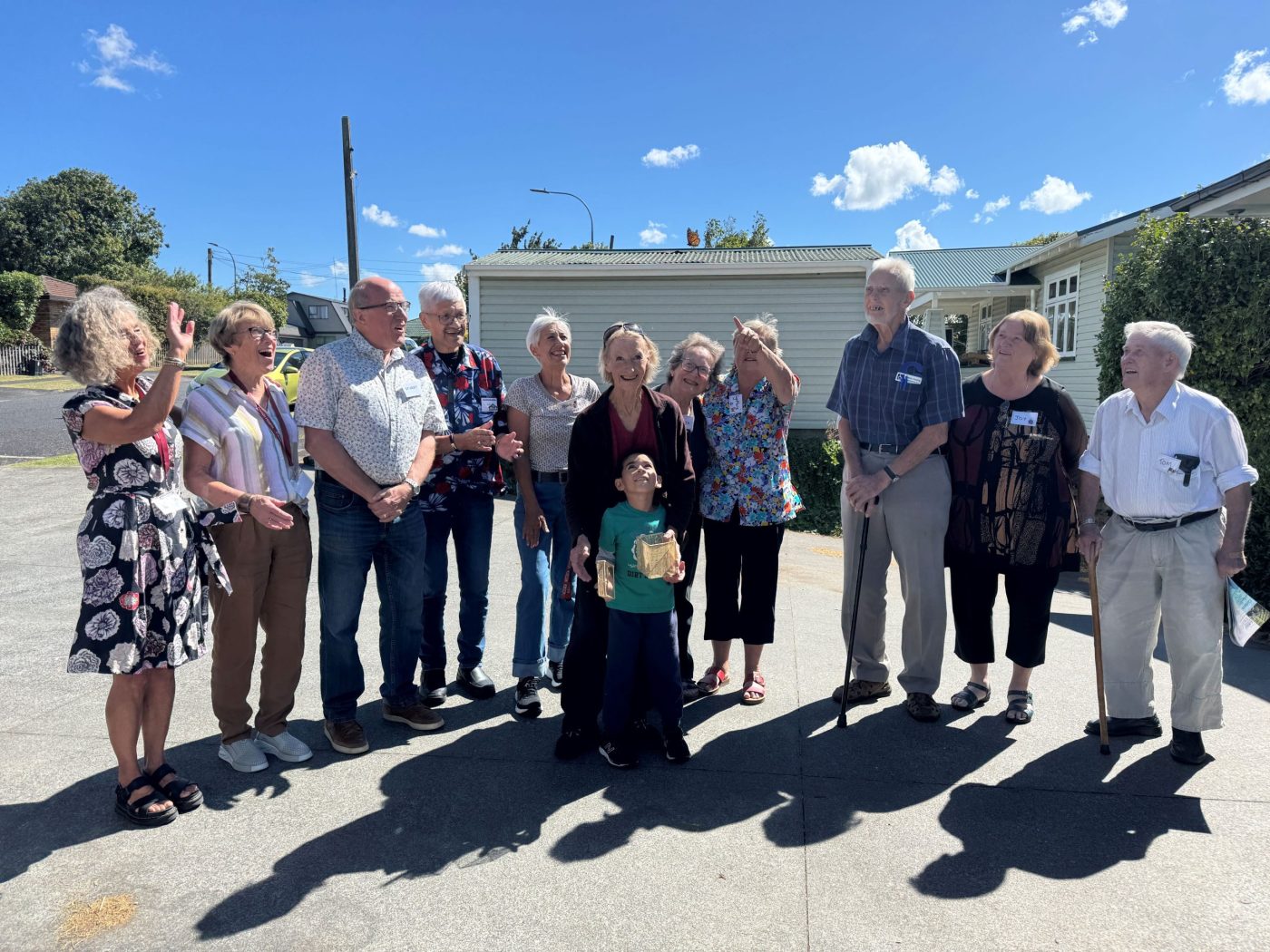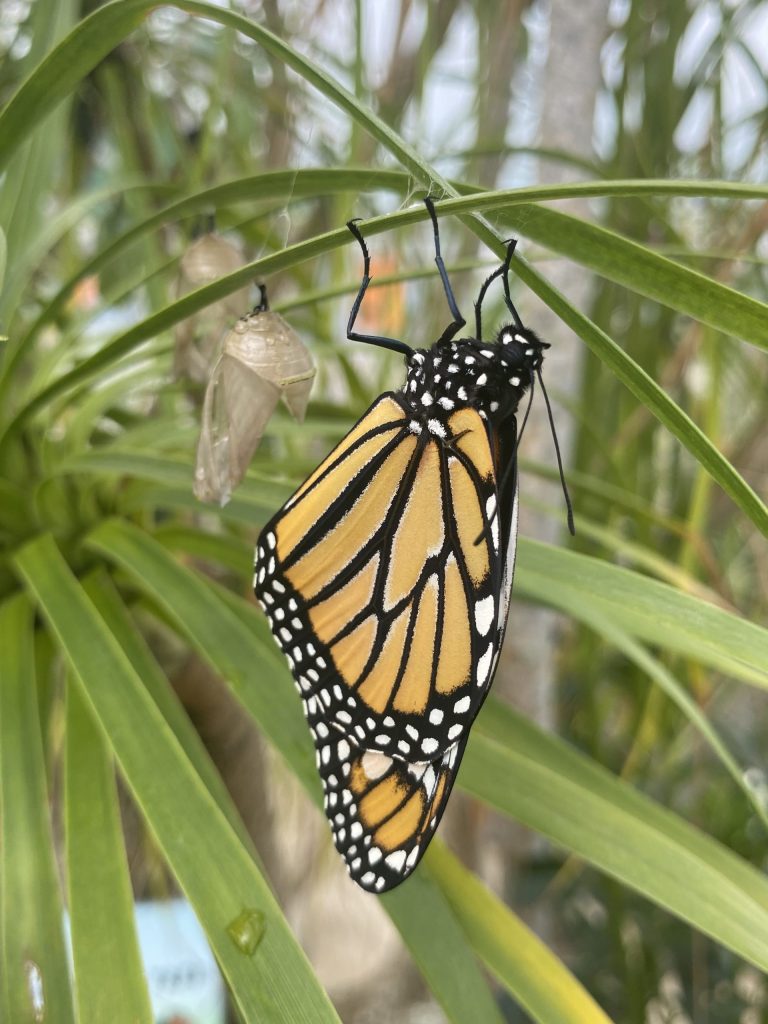
Have you noticed fewer monarch butterflies around this year? Helena O’Neill
chats with Jacqui Knight, secretary and founding trustee at Moths and Butterflies of NZ Trust, about these striking butterflies and the nation’s fascination with them.
There’s something mesmerising about monarch butterflies and their life cycle. Across the
country, Kiwis have been on the lookout for these large butterflies, but this year many have
noticed a drop in monarch butterfly and caterpillar numbers.
Jacqui says the discussion where the monarch butterflies are is happening nationwide.
“There are pockets where there are lots of monarch caterpillars but mostly people say they
haven’t got any. In some parts, they are but then there are usually people not too far away who are overrun with caterpillars. That’s why we set up Monarch Matchmaker.”
Monarch Matchmaker is a Facebook group with nearly 2000 members from across the country, aimed at connecting those with too many caterpillars with those who have plenty of swan plants.
To help monarchs to flourish, plant swan plants and nectar sources while also protecting the caterpillars from the social wasps.
When asked about Kiwis and their fascination with monarch butterflies, Jackie thinks the
monarch butterfly is better known here than it is in North America, where it came from.
“They are big, bright and beautiful and reinvigorate our passion for nature. Monarchs are insects that anyone can get to know better: they’re not afraid of humans so you can get up close and personal with them and learn so much about insects and metamorphosis.”

To the northwest of Auckland, a celery farm run by fifth-generation growers Luke and Jasmine Franklin has launched a project to help increase the numbers of monarch butterflies.
The couple and their family have built a butterfly house on their farm at Waimauku and recently released 1400 butterflies at the Auckland Botanic Gardens.
“It is amazing. They’ve done a great job in inspiring people. It is a joy to be inside their butterfly house and see their good work,” Jacqui says.
While you may not be able to build a butterfly house, there are other ways to help the monarchs flourish.
“We’d like people to tag their monarchs so we can find out more about them and where they overwinter and thus put in place some steps to ensure we don’t lose the species. Even if you can’t tag butterflies, you can keep a lookout for the tagged monarchs.”
As for our native butterflies and moths, 93 percent of our butterflies and moths are only found in New Zealand. Jacqui says butterflies and moths are important as defoliators, pollinators, food for birds and other invertebrates.






